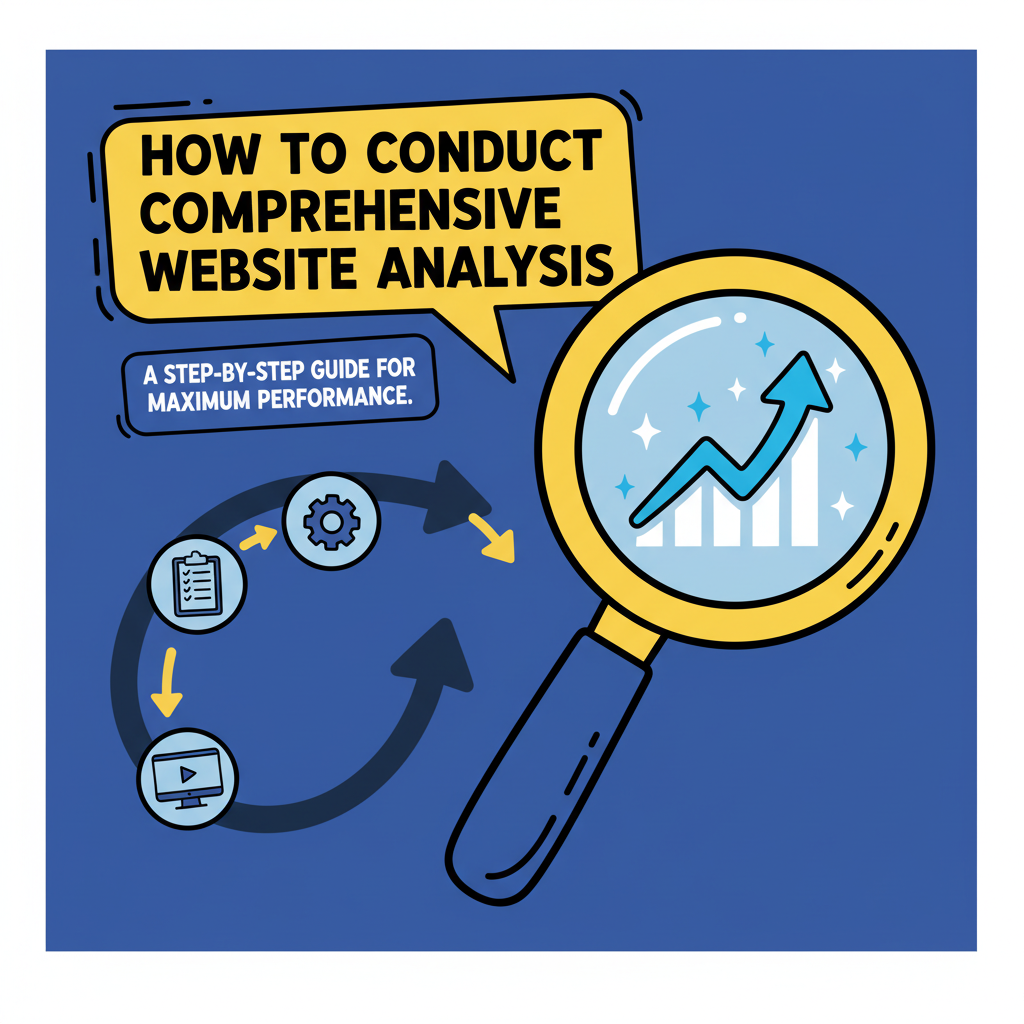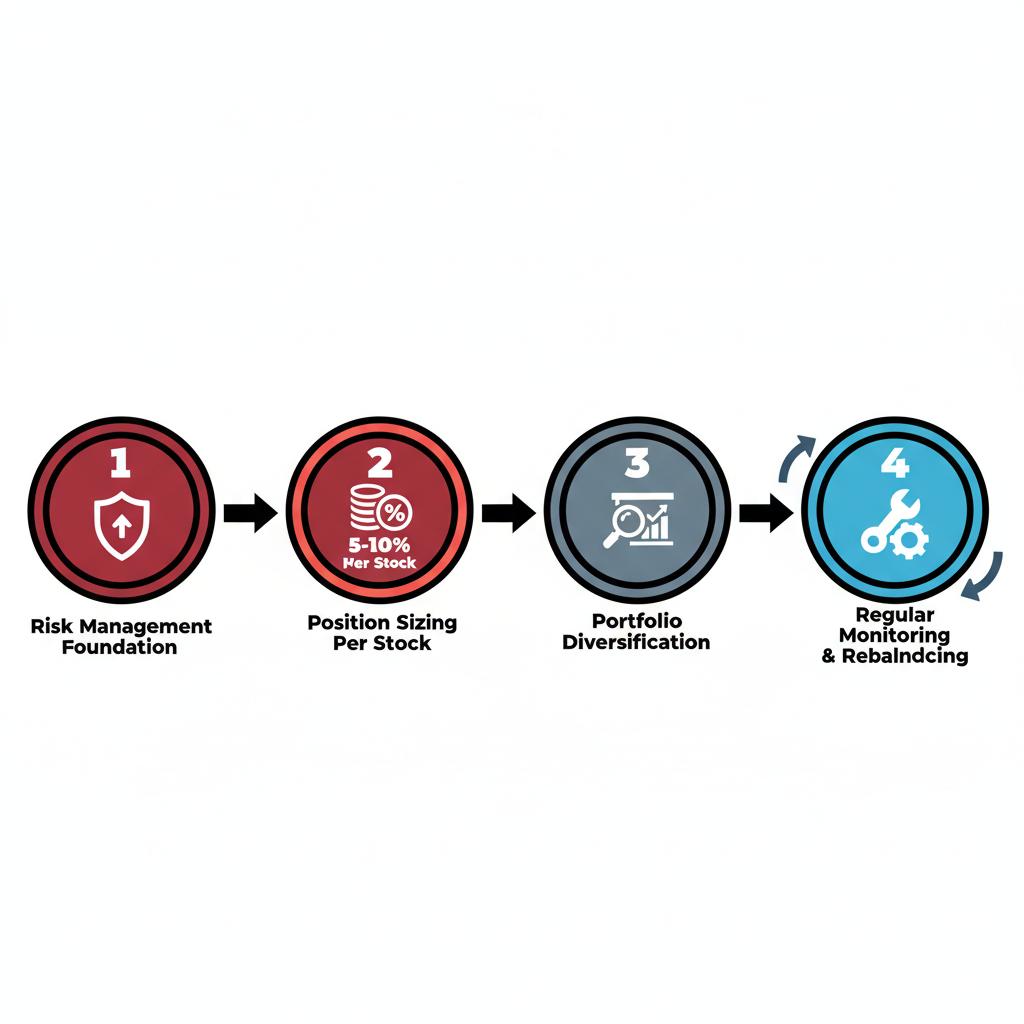What is Website Analysis and Why Does It Matter for Your Business?
Posted by
How to Perform Website Analysis That Actually Improves Your SEO Results

Website analysis isn't just about running a quick scan and getting a report filled with technical jargon. It's about systematically examining your site's performance, identifying specific bottlenecks, and implementing changes that drive measurable improvements in organic traffic. Whether your website is struggling with rankings or you want to optimize an already successful site, this comprehensive guide will walk you through the exact steps to conduct a thorough website analysis that delivers real SEO results.
What is Website Analysis and Why Does It Matter for Your Business?

Website analysis is the systematic evaluation of your site's technical health, content quality, user experience, and search engine optimization factors. Unlike basic website audits that simply list problems, effective website analysis provides actionable insights that directly impact your bottom line.
When done correctly, website analysis reveals why your competitors rank higher, which pages are bleeding traffic, and what specific changes will generate the biggest SEO improvements. This process becomes the foundation for all successful SEO strategies, making it essential for businesses serious about organic growth.
The key difference between amateur and professional website analysis lies in the depth of investigation and the quality of recommendations. Professional analysis goes beyond surface-level issues to uncover the root causes of poor performance and prioritize fixes based on their potential impact.
How to Set Up Your Website Analysis Framework
Before diving into tools and metrics, you need a structured approach that ensures nothing important gets overlooked. Start by defining clear objectives for your analysis. Are you trying to recover from a traffic drop, improve conversion rates, or outrank specific competitors?
Create a comprehensive checklist that covers technical SEO, content analysis, user experience evaluation, and competitive research. This systematic approach prevents you from getting distracted by minor issues while missing major problems that could transform your site's performance.
Document your current baseline metrics before making any changes. Record your organic traffic, keyword rankings, page load speeds, and conversion rates. This baseline becomes crucial for measuring the success of your optimization efforts and proving ROI to stakeholders.
Step 1: Conduct Technical SEO Analysis
Technical website analysis forms the foundation of all other optimization efforts. Start by examining your site's crawlability using tools like Google Search Console and Screaming Frog. Look for broken links, redirect chains, and pages blocked by robots.txt that should be accessible to search engines.
Page speed analysis reveals critical performance bottlenecks that affect both user experience and search rankings. Use Google PageSpeed Insights and GTmetrix to identify specific issues like oversized images, inefficient code, or slow server response times. According to Google's Core Web Vitals documentation, page experience signals significantly impact search rankings.
Mobile responsiveness testing ensures your site performs well across all devices. With mobile-first indexing, Google primarily uses the mobile version of your site for ranking purposes. Test your site on various screen sizes and identify any layout issues, slow-loading elements, or navigation problems on mobile devices.
Essential Technical Metrics to Track
| Metric | Target Range | Impact on SEO |
|---|---|---|
| Page Load Speed | Under 3 seconds | High - affects rankings and user experience |
| Mobile Usability Score | 90+ | High - mobile-first indexing priority |
| Core Web Vitals | Green ratings | High - confirmed ranking factor |
| Crawl Errors | Zero critical errors | High - prevents indexing |
| SSL Certificate | Valid and current | Medium - trust signal |
Step 2: Analyze Content Performance and Optimization

Content analysis goes far beyond checking keyword density. Examine each page's search intent alignment, content depth, and user engagement metrics. Pages with high bounce rates or low time-on-page often indicate content that doesn't match user expectations or lacks sufficient value.
Identify content gaps by analyzing which topics your competitors cover that you don't. Use tools like Ahrefs or SEMrush to discover keywords your competitors rank for that you're missing entirely. This competitive content analysis often reveals quick wins for expanding your organic reach.
Evaluate your existing content's optimization level by reviewing title tags, meta descriptions, header structure, and internal linking. Many websites have dozens of pages that could rank significantly higher with basic on-page optimization improvements. For comprehensive content optimization strategies, explore our guide on conducting SEO-focused content audits and goal setting.
How Do You Identify Your Website's Biggest SEO Opportunities?
The most valuable website analysis insights come from identifying high-impact, low-effort improvements. Look for pages that rank on the second page of Google (positions 11-20) for valuable keywords. These pages often need minor optimizations to break into the top 10 and generate significant traffic increases.
Analyze your internal linking structure to find orphaned pages and missed linking opportunities. Pages with strong content but few internal links often underperform simply because search engines can't understand their importance within your site's hierarchy.
Review your competitor's backlink profiles to identify link-building opportunities you've overlooked. If multiple competitors have links from the same high-authority domains, those sources likely accept content in your industry and represent realistic targets for your own link-building efforts.
Step 3: Evaluate User Experience and Conversion Factors
User experience analysis examines how real visitors interact with your website beyond basic metrics. Heat mapping tools like Hotjar reveal where users click, how far they scroll, and where they abandon your pages. This behavioral data often uncovers usability issues that technical analysis misses.
Navigation analysis ensures users can easily find important pages and complete desired actions. Test your site's search functionality, menu structure, and call-to-action placement. Poor navigation not only hurts user experience but also prevents search engines from understanding your site's structure and importance hierarchy.
Conversion path analysis identifies where potential customers drop off in your sales funnel. Even small improvements in conversion rates can dramatically impact your business results without requiring additional traffic. For businesses focused on rapid improvements, understanding what makes SEO fast and effective can help prioritize these high-impact changes.
What Tools Should You Use for Comprehensive Website Analysis?

Professional website analysis requires a combination of free and premium tools, each serving specific purposes. Google Analytics and Search Console provide essential baseline data about your site's performance, user behavior, and search visibility. These free tools should form the foundation of any analysis.
Premium tools like Ahrefs, SEMrush, or Moz offer deeper insights into competitive analysis, keyword research, and backlink evaluation. The investment in these tools typically pays for itself quickly when you identify significant optimization opportunities that free tools miss.
Specialized tools for technical analysis include Screaming Frog for crawling, GTmetrix for performance testing, and Schema.org validators for structured data verification. Each tool provides unique insights that contribute to a complete picture of your website's strengths and weaknesses.
Step 4: Prioritize and Implement Your Findings
The most common mistake in website analysis is trying to fix everything at once. Instead, prioritize improvements based on their potential impact and implementation difficulty. Quick wins like fixing broken links or optimizing title tags should be completed first, followed by more complex technical improvements.
Create a realistic timeline for implementing changes, considering your available resources and technical expertise. Some improvements require developer assistance, while others can be handled by content creators or marketing team members. Proper project management ensures consistent progress without overwhelming your team.
Track the results of each change you implement. This data-driven approach helps you understand which types of optimizations generate the best results for your specific website and industry. For strategic keyword research that supports your optimization efforts, review our comprehensive guide on conducting strategic keyword research for organic growth.
How Often Should You Perform Website Analysis?
Regular website analysis prevents small issues from becoming major problems and helps you stay ahead of algorithm changes and competitive threats. Conduct comprehensive analysis quarterly, with monthly check-ins on key metrics like organic traffic, page speed, and technical errors.
Set up automated monitoring for critical issues like site downtime, broken links, and significant ranking changes. Many problems can be caught and fixed quickly when you have proper monitoring systems in place, preventing larger SEO disasters.
Industry changes, algorithm updates, and new competitor activities all require additional analysis outside your regular schedule. Stay informed about SEO industry news and be prepared to conduct targeted analysis when significant changes occur in your market or search engine algorithms.
Conclusion
Effective website analysis transforms scattered data into actionable insights that drive real business results. By following this systematic approach, you'll identify the specific changes that will have the biggest impact on your organic traffic and search rankings. Remember that website analysis isn't a one-time activity but an ongoing process that keeps your site competitive and optimized for both users and search engines.
The key to successful website analysis lies in focusing on high-impact improvements rather than trying to achieve perfection. Start with the technical foundation, optimize your content for user intent, and continuously monitor your results to refine your approach.
Ready to transform your website's performance? Begin with a comprehensive technical audit, then systematically work through content optimization and user experience improvements. Your organic traffic growth depends on the quality of insights you uncover and the speed with which you implement improvements.